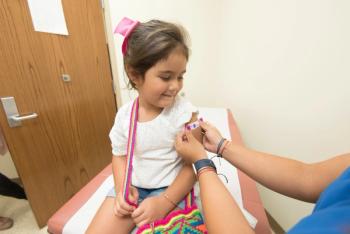
Mapping C. difficile Exposures and Infections in the Hospital
Can we track Clostridium difficile infections to see how patient movements result in exposures?
Mitigating Clostridium difficile (C. difficile) infections are a challenging aspect of health care infection control. Prevention efforts cover an array of services and include strategies ranging from environmental services to laboratory guidance to antimicrobial stewardship, and more. New studies continue to highlight emerging preventive measures, such as the importance of
Hand hygiene, pathogen exposure, isolation technique, exposure to antibiotics, cleaning and disinfecting practices, and many other factors impact the spread of C. difficile throughout a health care facility. It would be valuable to learn exactly how this spore-forming organism moves through a health care facility. For example, if a patient with a C. difficile infection is in the emergency department and a non-infected patient comes in a few hours later, are they at risk?
Investigators on a
After reviewing 86,648 adult hospitalizations and a whopping 434,745 patient location changes during the study periods, the investigators found 1152 laboratory-confirmed cases of C. difficile. Those patients who were positive had moved through a mean of 4.2 hospital spaces (which also means they likely contaminated the spaces they moved through).
The investigators found that both exposure and risk of developing C. difficile infection following exposure tended to vary but being exposed in the emergency department computed tomography scanner (CT) area was significantly associated with developing C. difficile. Although not statistically significant, the incidence of C. difficile among exposed patients was also higher in nuclear medicine, and bone marrow transplant (BMT) and magnetic resonance imaging (MRI) suites.
All told, this means that those patients who visit a hospital emergency room CT after a patient with C. difficile has been in the space (within the last 24 hours), are at an increased risk of becoming infected themselves. This study is fascinating in that it addresses the role of environmental contamination and frequent patient movement within health care. Although I think the exposure window of 24 hours after the space was “contaminated” may be a bit short, given how tough disinfecting is and the inconsistencies in cleaning, this research gives new insight into higher risk areas for C. difficile transmission.
Newsletter
Stay ahead of emerging infectious disease threats with expert insights and breaking research. Subscribe now to get updates delivered straight to your inbox.


























































































































































































































































































































